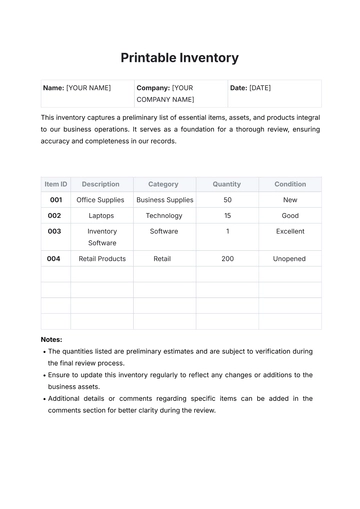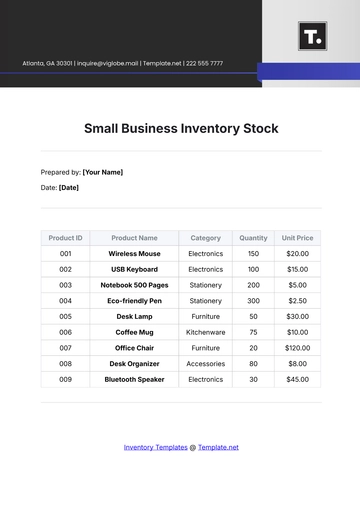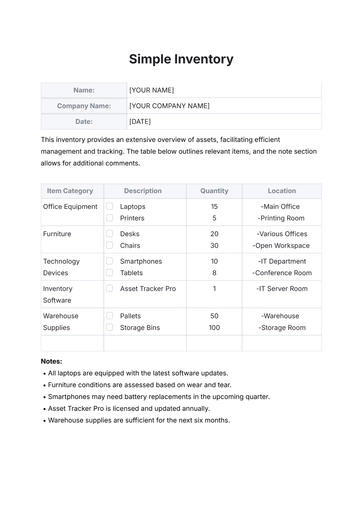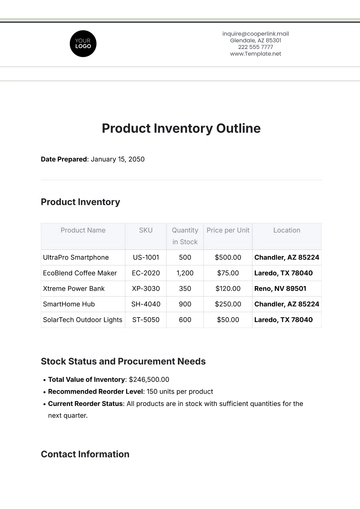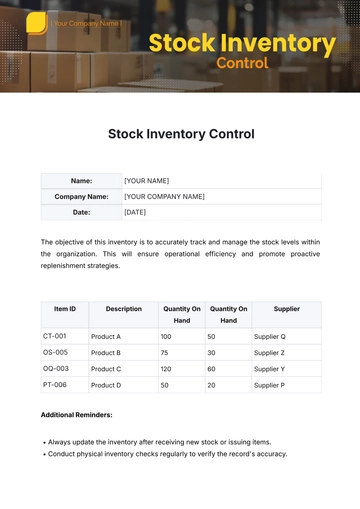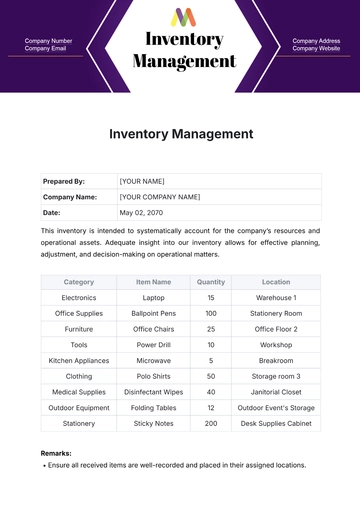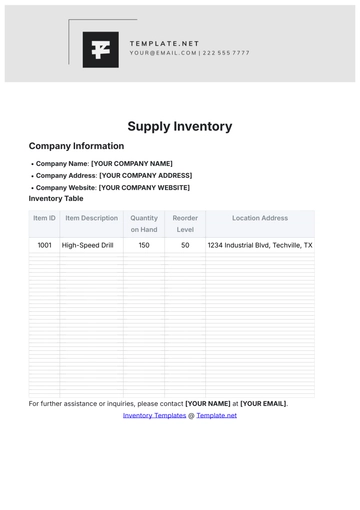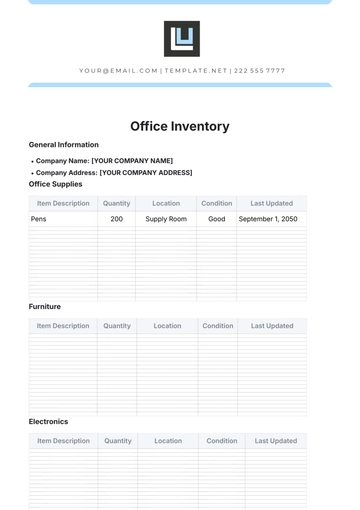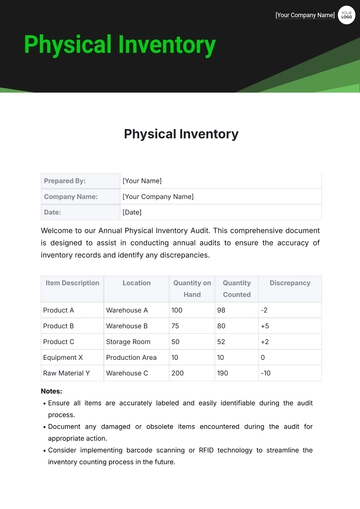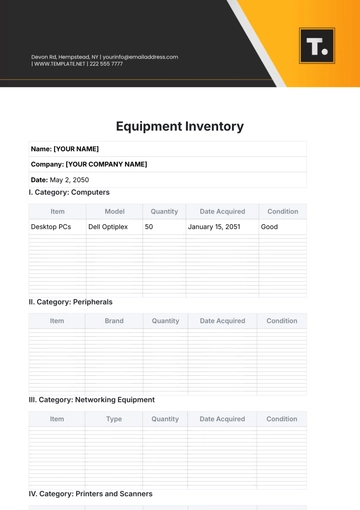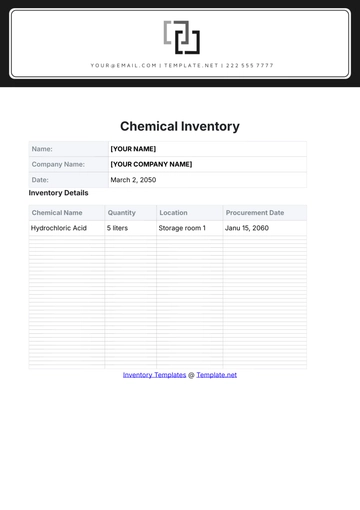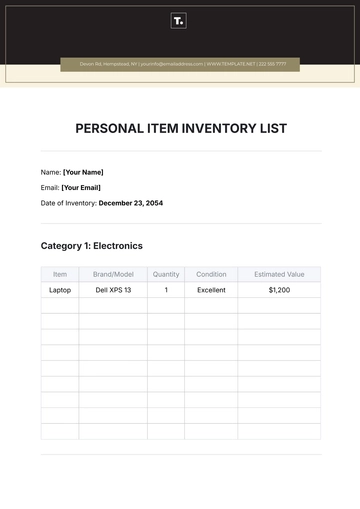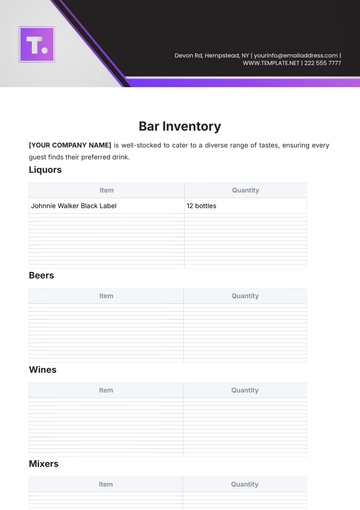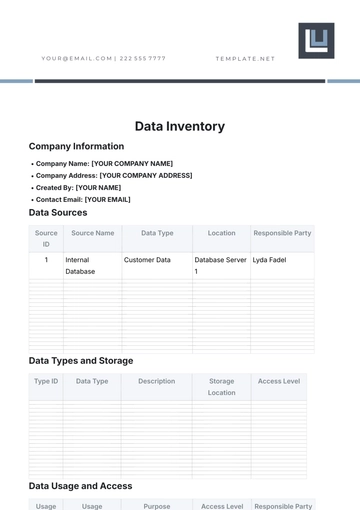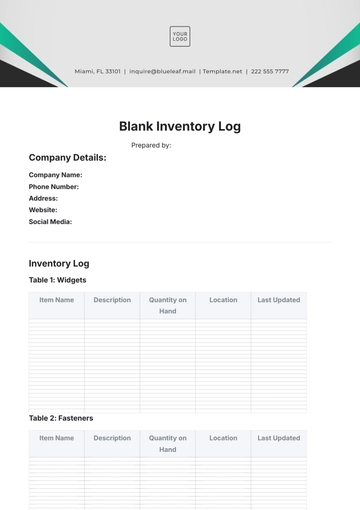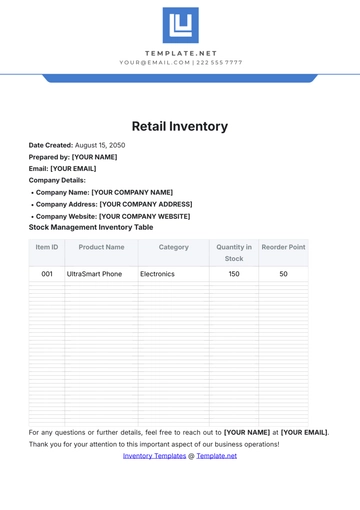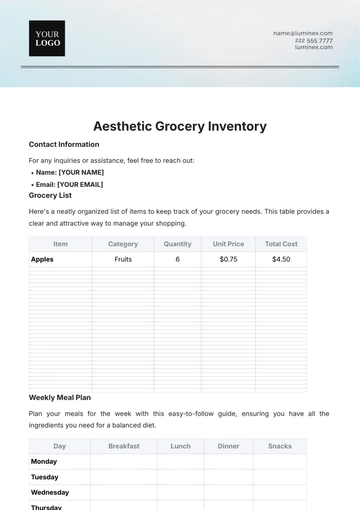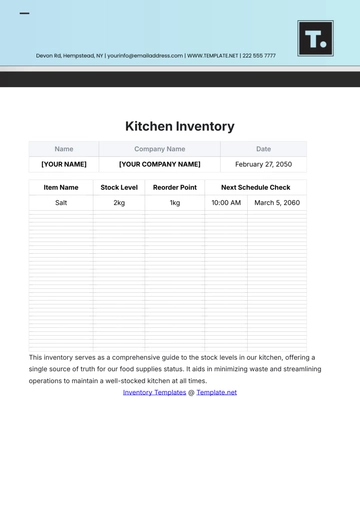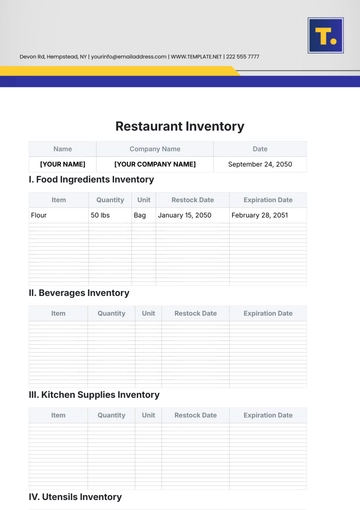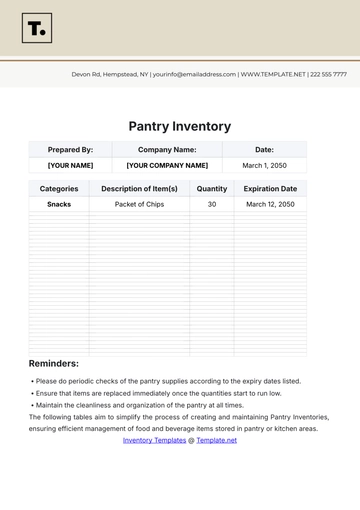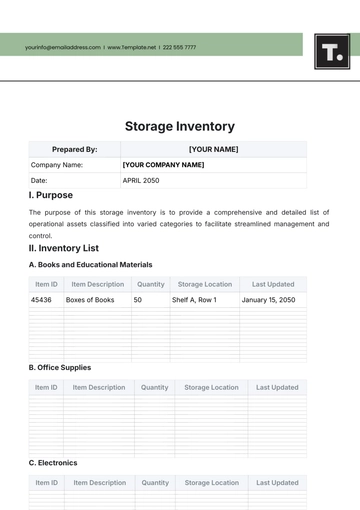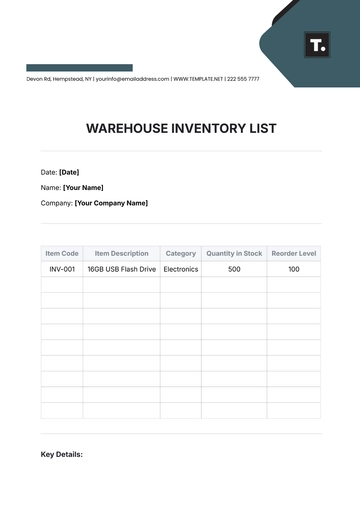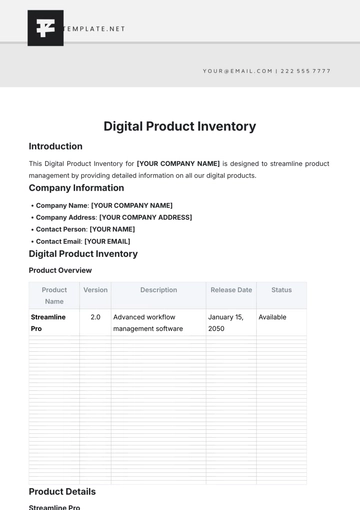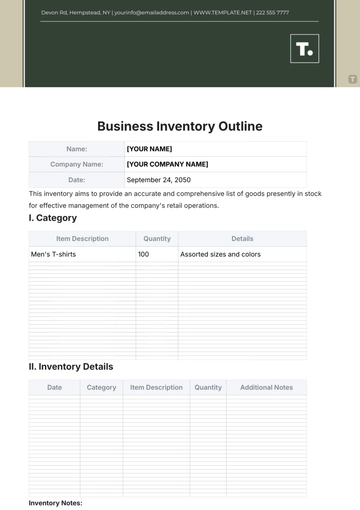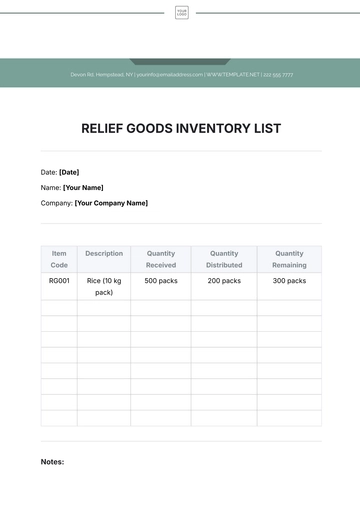Free Salon Inventory Management Policy
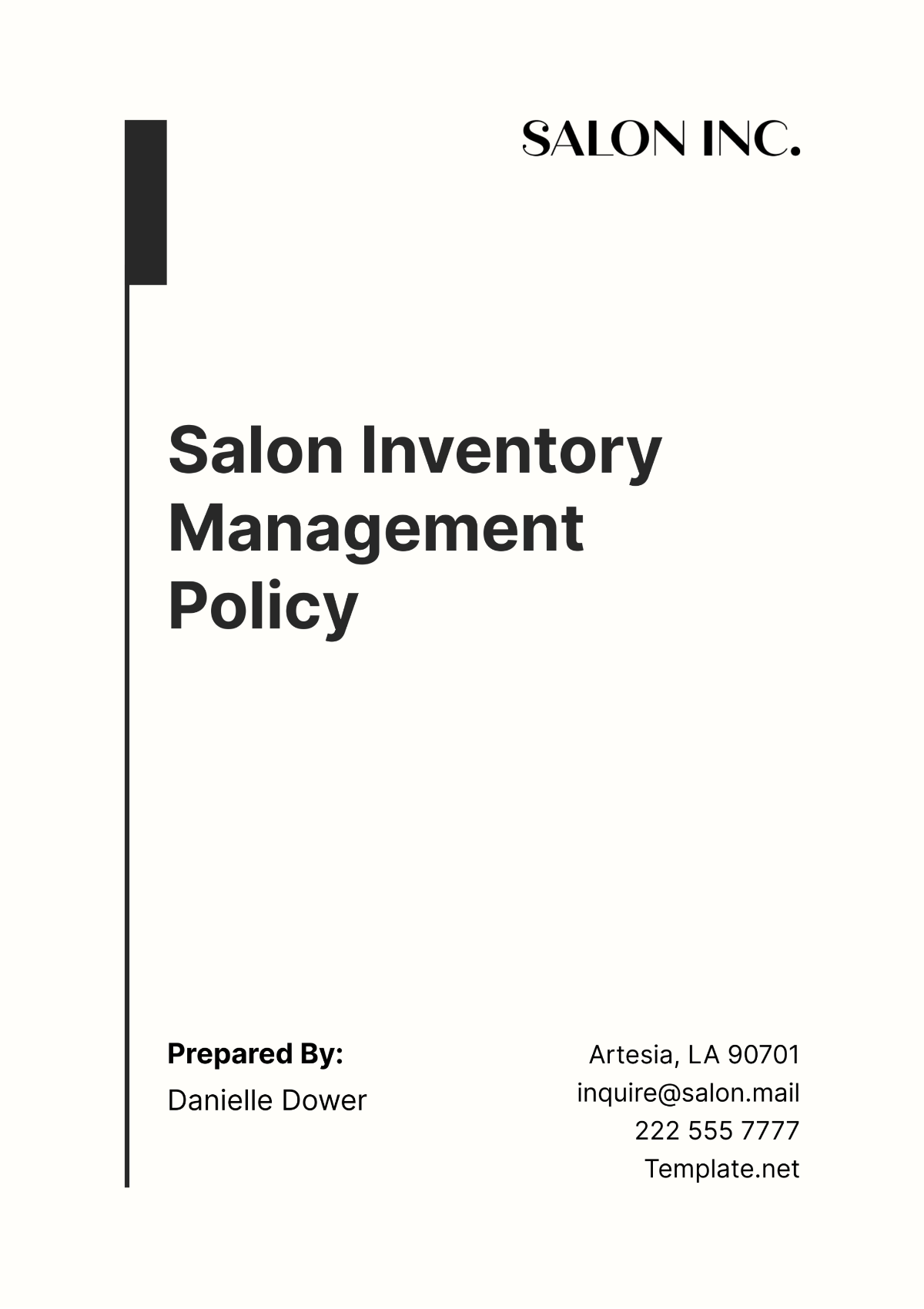
A. Introduction
Welcome to the Inventory Management Policy of [Your Company Name]. This policy outlines the procedures and guidelines for managing inventory within our salon to ensure efficient operations and exceptional customer service.
Effective inventory management is crucial for maintaining adequate stock levels of haircare products, skincare items, tools, and accessories while minimizing waste and maximizing profitability. This policy applies to all salon staff involved in the procurement, storage, and distribution of inventory items.
By adhering to this policy, we aim to streamline inventory processes, reduce costs associated with overstocking or stockouts, and uphold the highest standards of product quality and customer satisfaction. Thank you for your commitment to excellence in inventory management at [Your Company Name].
B. Inventory Procedures
Efficient inventory management is essential for the smooth operation of [Your Company Name]. Below are the key procedures for managing inventory effectively:
Receiving Shipments ↓ Tracking Stock Levels ↓ Conducting Regular Audits ↓ Handling Discrepancies or Variances |
Receiving Shipments: Upon receipt of deliveries, designated staff will inspect the shipment against the packing list, verify quantities, and check for any damages or discrepancies.
Tracking Stock Levels: Regularly monitor inventory levels using our designated inventory management system, updating quantities as items are received, used, or disposed of.
Conducting Regular Audits: Perform routine physical counts of inventory to ensure accuracy, reconcile discrepancies, and identify any potential issues promptly.
Handling Discrepancies or Variances: Investigate and resolve any discrepancies or variances in inventory counts promptly, documenting findings and implementing corrective actions as needed.
C. Inventory Classification
In order to streamline inventory management processes at [Your Company Name], inventory items are categorized into distinct classifications based on their nature and usage. This ensures efficient organization, easy retrieval, and effective monitoring of stock levels. The following are the primary inventory classifications utilized:
Haircare Products: This category includes shampoos, conditioners, hair styling products, treatments, and colorants. These items are essential for providing a wide range of hair services and are often further subcategorized by brand, type, or specific treatment.
Skincare Products: Skincare items encompass facial cleansers, moisturizers, masks, serums, and sunscreens. These products are crucial for various facial treatments and retail sales and may be categorized by brand, skin type, or intended use.
Tools and Equipment: Tools and equipment comprise scissors, razors, brushes, blow dryers, styling irons, and salon furniture. These items are essential for performing salon services and may be organized by type, brand, or usage frequency.
Accessories: Accessories include items such as hair accessories, nail polish, nail art supplies, and retail merchandise. These products complement salon services and may be categorized by type, color, or seasonal relevance.
Labeling and Organization: Inventory items are labeled with clear and descriptive tags indicating the product name, brand, quantity, and any relevant expiration dates. Within the salon, items are organized logically and systematically, with designated storage areas for each classification to facilitate easy access and inventory management.
D. Stock Replenishment and Ordering
Efficient stock replenishment and ordering processes are essential to maintain adequate inventory levels and ensure uninterrupted salon operations. The following outlines the procedures for managing stock replenishment and placing orders:
1. Determining Reorder Points:
Monitoring Stock Levels: Regularly monitor inventory levels through the salon's inventory management system.
Setting Reorder Points: Determine minimum inventory thresholds for each product category based on historical sales data, anticipated demand, and lead times from suppliers.
2. Responsibility for Placing Orders:
Designated Personnel: Specify individuals or roles responsible for placing orders, such as the salon manager or designated inventory manager.
Order Authorization: Establish protocols for obtaining authorization before placing orders to ensure alignment with budgetary constraints and inventory needs.
3. Preferred Suppliers or Vendors:
Vendor Selection: Identify preferred suppliers or vendors based on factors such as product quality, reliability, pricing, and delivery efficiency.
Vendor Relationships: Cultivate strong relationships with preferred suppliers to leverage potential discounts, negotiate favorable terms, and ensure timely order fulfillment.
4. Ordering Process:
Ordering Channels: Determine the preferred method for placing orders, whether through online platforms, phone calls, or email correspondence.
Order Accuracy: Emphasize the importance of accurately specifying product quantities, item codes, and delivery details to minimize errors and delays.
5. Minimum Order Quantities and Lead Times:
Minimum Order Requirements: Specify any minimum order quantities or dollar thresholds required by suppliers to qualify for favorable pricing or shipping terms.
Lead Time Considerations: Factor in lead times provided by suppliers when determining reorder points and placing orders to account for order processing, shipping, and delivery.
E. Inventory Tracking and Documentation
Effective inventory tracking and documentation are crucial for maintaining accurate stock levels and facilitating informed decision-making at [Your Company Name]. Various methods are employed to track inventory levels, including:
Manual Counts
Barcode Scanning Systems
Inventory Management Software
Spreadsheets
Each method offers unique advantages and may be utilized based on the salon's specific needs, resources, and technological capabilities. Regardless of the method used, inventory data is meticulously recorded, updated, and maintained to ensure the reliability and integrity of inventory records.
F. Quality Control and Product Expiry
Maintaining the quality and freshness of inventory items is paramount at [Your Company Name]. The following procedures are implemented to uphold product quality standards and prevent the distribution of expired or damaged goods:
1. Proper Storage Conditions
Inventory items are stored in designated areas with controlled temperature and humidity levels to preserve product integrity.
Hazardous substances are stored in compliance with safety regulations to prevent contamination and ensure staff and client safety.
2. First-In-First-Out (FIFO) Rotation
Adopt a FIFO inventory management approach to ensure older inventory items are used or sold before newer ones.
Regularly rotate stock to minimize the risk of product spoilage or expiration.
Expired or Damaged Product Identification:
Conduct routine inspections of inventory to identify expired, damaged, or compromised products promptly.
Implement clear labeling and signage to distinguish expired or damaged items from those in good condition.
3. Inventory Disposal Procedures
Establish protocols for safely disposing of expired or damaged inventory items in accordance with environmental regulations.
Document disposal activities and maintain records for audit and compliance purposes.
G. Security and Loss Prevention
At [Your Company Name], we prioritize the security of our inventory to safeguard against theft, loss, and unauthorized access. The following measures are in place to ensure the protection of our assets:
1. Secure Storage Areas
Inventory items are stored in designated secure areas with restricted access to authorized personnel only.
Lockable cabinets, shelves, or storage rooms are utilized to prevent unauthorized handling or removal of inventory.
2. Surveillance Cameras
Surveillance cameras are strategically positioned throughout the salon premises to monitor inventory storage areas and deter potential theft or misconduct.
Regular monitoring of surveillance footage helps identify suspicious activities and investigate incidents promptly.
3. Employee Training on Theft Prevention
All salon staff receive comprehensive training on theft prevention techniques, including recognizing suspicious behavior, adhering to inventory handling procedures, and reporting any security concerns to management.
Ongoing training and reinforcement ensure staff remain vigilant and proactive in maintaining inventory security.
4. Protocols for Reporting Missing Items
Clear protocols are established for reporting missing or stolen inventory items to management immediately.
Prompt reporting enables swift investigation and implementation of corrective actions to mitigate losses and prevent recurrence.
In conclusion, adherence to the policies outlined in this Salon Inventory Management Policy is crucial for maintaining efficient operations, ensuring product quality, and safeguarding the assets of [Your Company Name]. By consistently following these guidelines, we uphold our commitment to excellence in inventory management, thereby enhancing customer satisfaction and contributing to the overall success of our salon business. Thank you for your dedication to maintaining the highest standards of inventory control and management.
- 100% Customizable, free editor
- Access 1 Million+ Templates, photo’s & graphics
- Download or share as a template
- Click and replace photos, graphics, text, backgrounds
- Resize, crop, AI write & more
- Access advanced editor
Develop effective inventory management policies with Salon Inventory Management Policy Template from Template.net. This customizable and editable document simplifies the creation of guidelines for managing inventory in your salon. Tailored for the beauty industry, it ensures clarity in inventory tracking, ordering, and stock replenishment procedures. Editable in our Ai Editor Tool, it meets your salon's specific needs and ensures efficient inventory management.
